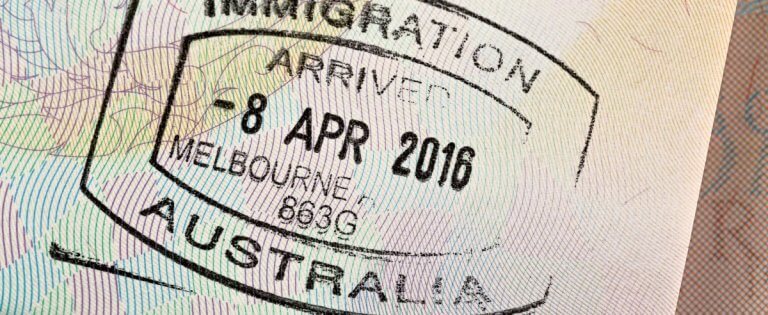
Australia promotes its skilled migration programme as a way to plug the gap of scarce skills “vital to Australia’s economic health” with the help of migrants. In its Department of Immigration’s January 2018 discussion paper, these skilled people are said to have the “capacity to make a strong contribution to the Australian economy”.
These are all myths, according to Bob Birrell, president of the Australian Population Research Institute.
In a report released last week, Australia’s Skilled Migration Program: Scarce skills not required, Birrell argues that the Skill Stream program is “deeply flawed” and does not serve its purpose as proclaimed, that is, providing employers with scarce skilled workers.
BOB BIRRELL Australia’s Skilled Migration Program is not delivering Scarce Skills | John Menadue – Pearls and Irritations https://t.co/p4KoGS4thu via @johnmenadue
— lynlinking (@lynlinking) March 15, 2018
These are the reports key findings:
- The great majority of those visaed in the skill program are professionals, an increasing share of whom hold occupations that are oversupplied. On the other hand, it is delivering a negligible number of construction trade workers. This is despite housing industry claims that continued skilled migration is crucial to supplying the workers needed to provide the housing and infrastructure to accommodate Australia’s booming population.
- You might think that a skill program directed at recruiting scarce skills would prioritise the relevant occupations. That is not the case. In 2010, a Skills Occupation List (SOL) was introduced that made selection conditional on the applicant’s occupation being in national shortage. Since that time this condition has been wound back, to be finally abolished in 2016.
- The SOL has been replaced by a Medium to Long-Term Strategic Skill List (MLTSSL). This makes selection conditional on whether an occupation might be needed in two to ten years’ time. The MLTSSL includes numerous professions that the government’s own Department of Employment has judged to be oversupplied, including accounting and engineering.
Many international students apply to study in Australian universities in hopes of graduating into an Australian workforce. Most study accounting and engineering, skills which are oversupplied in Australia, the report found.
Australia: Rising local university enrollment and higher education levels of migrant intake is 'oversupplying graduates in key fields' says report https://t.co/SyCs9zDfg8 #highered #immigration #auspol
— UniversityWorldNews (@uniworldnews) March 14, 2018
Australia’s salary levels and quality of life are said to be the key driver behind a huge pool of Asian graduates from Australian universities who want to convert their degree into a permanent entry visa despite poor job prospects. The same applies to the big number of Asian professionals planning to migrate to Australia.
The majority of the 256,504 degree-holding foreign-born persons, aged 25-34, who arrived in Australia from 2011-2016, are from Non-English-Speaking-Countries (NESC). The rest, just 16 percent, came from Main-English-Speaking-Countries (MESC).
From the NESC group, only 24 percent were employed as professionals as of 2016, less than half of those from MESC (50 percent) and same-aged Australian-born graduates (58 percent).
“Around half of all overseas students enrol in business and commerce courses, where most do the required accounting courses needed to attain the credentials to apply as an accountant or auditor for a Skill Stream visa,” the report said.
“Many others do engineering courses. Should such occupations have become ineligible it would have dampened future enrolments.”

Australia’s salary levels and quality of life are said to be the key drivers behind why students and professionals from Asia want to migrate there. Source: Shutterstock
There isn’t a real need for migrants or international students to fill occupations that the country deems might be needed in two to ten years’ time, Birrell argued.
“Australia is awash with graduates from both domestic and migrant sources. Demand for graduates may grow, but so too will supply,” he writes.
The country has a higher than the international standards in terms of the number of Australia residents who hold degree qualifications among those aged 25-29 and 30-34.
“These findings mean that it is unlikely Australia will need any augmentation of its stock of professionals from migrant sources in the medium term.”
Liked this? Then you’ll love these…
ASEAN-Australia Special Summit results in new opportunities for student exchange
How this Chinese student in Australia made AU$90,000 a year







